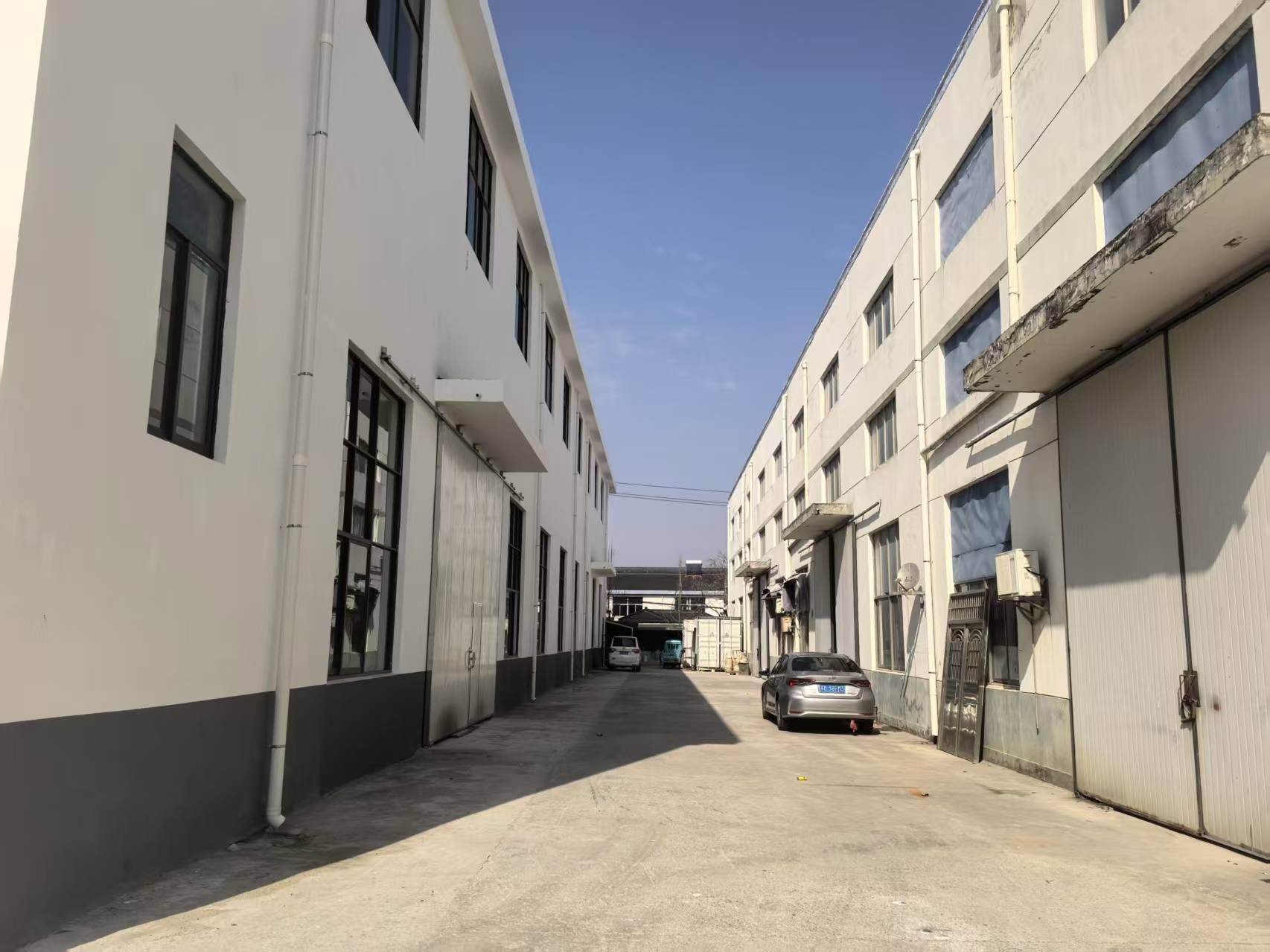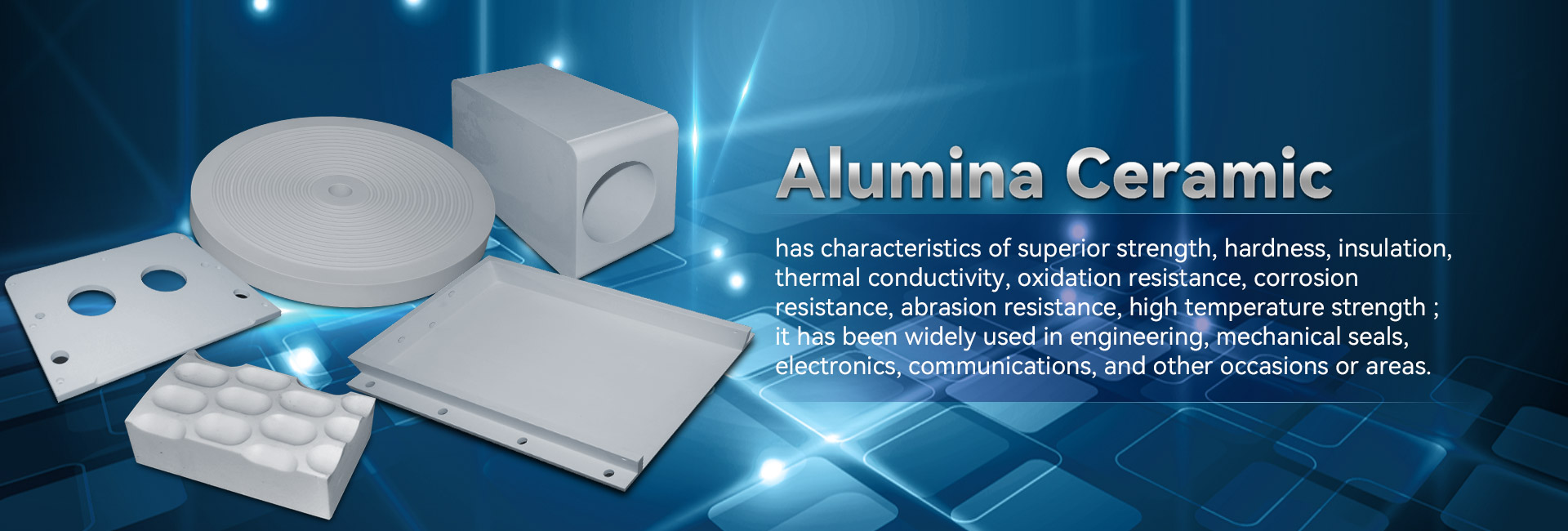
Mechanical alloy display distinguished compositional characteristics, driving them perfect for a comprehensive collection of applications. Sprouting from outer space and motoring to technology, these substances are steadily alumina bar advancing to fulfill the expectations of a state-of-the-art environment.
- Their resilience and antagonism to extreme conditions make them vital for leading machinery.
- What's more, technical ceramics yield benefits in terms of performance, facilitating the expansion of innovative apparatuses.
Forming Composites: Fashioned for Supreme Operation
Constructed ceramics dominate in demanding assignments due to their unparalleled properties. Designed from handpicked raw elements and undergoing stringent processing systems, these cutting-edge compounds reveal remarkable strength, deterioration resistance, and endurance to demanding heat, breakdown, and grinding. From flight pieces to shaping tools, industrial ceramics present unparalleled output across various markets. Their adaptability allows withstanding severe states, warranting continuance and dependability. As development progresses, the appetite for quality substances grows, cementing the central stance of industrial ceramics in shaping a thriving future.
Next-Generation Ceramics: Expanding Matter Confines
Composites, highlighting extraordinary durability and endurance, are underwent a upheaval. High-tech ceramics, designed with precise control over their makeup and fine structure, exceeding the bounds of what's doable. These compounds feature a ample assortment of facets, substantially aiding them optimal for rigorous arenas such as outer space, medicine, and power. From slim parts that persist through extreme climatic environments to compatible with living tissue implants that combine smoothly with the human body, advanced ceramics are recasting our existence.
Exact Ceramic Production: Handling Focused Demands
Manufactured ceramic fabrication has progressed notably in recent cycles, enabling the formulation of intricate and highly useful ceramic components. These components are important across a multifaceted range of markets, including aeronautics, medical, and tech domains. Meeting the rigorous conditions for these applications calls for fine fabrication procedures that support dimensional accuracy, surface treatment, and material essentials. Contemporary ceramic fabrication processes incorporate different methods, including slip casting, injection molding, and additive manufacturing. These procedures grant the assembly of multi-faceted shapes and exact components with unparalleled steadiness. Above all, advances in material engineering have led to new ceramic designs endowed with elevated peculiarities. These substances display increased toughness, endurance, and tolerance to intense warmth conditions, supporting their use in rigorous sectors.
The chances for detailed ceramic fabrication are vast. As studies and evolution go forward, we can expect even more state-of-the-art procedures and compounds that will moreover push the margins of what is manageable in this domain.
High-Strength Ceramic Composites for Severe Realms
Modern ceramic elements provide extraordinary fortitude and immunity against adverse ambiences, making them perfect for unrelenting functions in orbital domains. These progressive ceramics can resist drastic thermal loads, oppose wear, and maintain their capability under high physical burdens. Their unmatched atomic properties equip reliable utility in tough realms, including thermal reactors, propulsion systems, and reactor cores.
- Composite ceramics
- Temperature durability
- Low-weight construction
Advanced Composites: Consolidating Rigidity and Efficiency
Engineered composites showcase a strong mix of mechanical fortitude and distinct particular properties. Through the fusion of ceramic units within a base, these compounds achieve notable functionality. This combination results in heightened protection against high warmth, wearing, and chemical degradation, rendering them ideal for challenging functions in outer space, cars, and power industries. Furthermore, ceramic composites can be designed to possess distinct properties like electrical conductivity or biocompatibility, enhancing their potential across diverse sections.
Internal Governance in Advanced Ceramics
Reaching expected attributes in innovative ceramics repeatedly demands detailed direction over their microstructure. Several engineering specifications, including sintering firing temperature, stretch, and atmosphere, alongside the incorporation of dopants or additive phases, meaningfully determine the arrangement of grains, void fraction, and other microstructural qualities. Thorough fine-tuning of these settings allows for the improvement of fracture resistance, break resistance, and thermoelectric conductivity. Exemplifying, upsizing the sintering heating point can encourage grain expansion, thus increasing density and improving mechanical strength. Conversely, handling the firing atmosphere may transform the oxidation form of the ceramic, thereby influencing its electrical conductivity or magnetic aspects. Appreciating these relationships between microstructure and properties is fundamental for developing advanced ceramics with personalized ability suitable for inclusive operations.
Erosion-Resistant Ceramics: Fortifying Endurance
Inside heavy-duty workshop domains, where segments are submitted to constant scoring and erosion, goods with exceptional endurance are vitally vital. Wear-resistant ceramics have materialized as a top answer, granting unparalleled lastingness and performance in diverse covers such as industry, mining, and aerospace. These state-of-the-art composites possess a unique architecture that augments their facility to counteract wear. By leveraging the inherent robustness and firmness of ceramic substances, engineers can formulate robust modules capable of weathering the most tough operating scenarios.
Bio-Compatible Elements: Roles in Clinical Practice
Bioinert ceramics have changed the medical industry, presenting an array of valuable traits for various applications. These composites are non-toxic within the living system, minimizing immunological responses and aiding recovery. A prime purpose for biocompatible ceramics is in orthopedic implants, where their sturdiness sustains long-lasting reinforcement to damaged organisms.
Besides, they are employed in tooth restoration, delivering a strong and visually appealing solution for tooth replacement. Ceramics also occupy a key task in drug administration, allowing the accurate application of drugs to specific zones within the biological makeup.
- Furthermore, biocompatible ceramics are steadily being scrutinized for cellular therapy, serving as a matrix for recovery.
- As a result, the prospect of biocompatible ceramics in therapeutics looks favorable, with continual advancements expanding their potential.
High-Tech Ceramic Sensors: Boosting Trustworthy Observations
Ceramic sensors have emerged as important constitutents across a multifaceted array of subjects. These apparatuses employ the one-of-a-kind features of ceramic substances to deliver highly accurate determinations. Their fortitude in {demanding|harsh| 